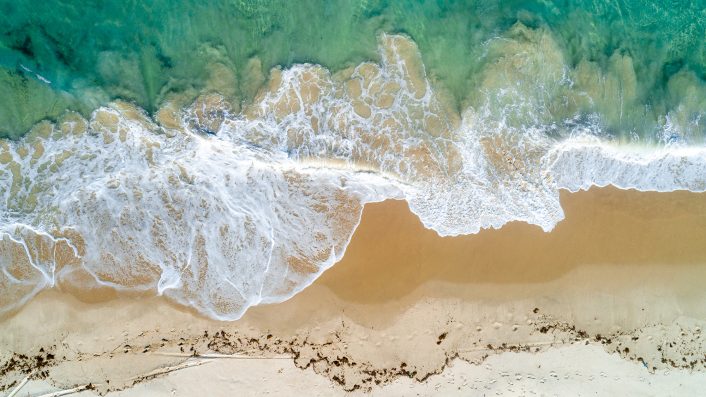This Marine Creature Shaped Like A Taco Is Now Extinct, But It Had 30 Pairs Of Legs Covered In Spines

Over a century ago, evidence of an ancient arthropod shaped like a taco was discovered in the Burgess Shale, a fossil-bearing deposit in western North America. The evidence emerged in the form of hard-shelled coverings.
They belonged to a now-extinct marine creature, Odaraia alata. The Burgess Shale was once part of the seafloor during the Cambrian Period, which occurred around half a billion years ago. It is known for its exceptional preservation of ancient animals.
New research has revealed that the Cambrian creature had mandibles. Paleontologists are now able to categorize it with the mandibulates, a group of jawed arthropods.
In a recent study, researchers from the Royal Ontario Museum in Canada examined about 150 specimens of Odaraia, which makes up about half of all known specimens.
Odaraia also swam upside-down and had more than 30 pairs of legs with small and large spines. It may have used its spiny legs to capture prey throughout the water column. Its head shield obscured almost half its body, including the legs, giving it the appearance of a taco.
“We don’t think [the shell] was very flexible, but not very hard, either,” said Alejandro Izquierdo-López, the lead author of the paper and a paleontologist at the University of Toronto. “Probably somewhat like the shrimp or prawns you may get in the supermarket.”
According to the study’s authors, early mandibulates like the eight-inch Odaraia were part of a large marine community that may have been able to migrate from bottom-dwelling ecosystems to the upper layers of the water column. They could have worked to enrich the water column and enabled more complex ecosystems to develop.
During a period called the Cambrian Explosion, which took place about 570 million years to 530 million years ago, the ocean was filled with diverse life. Many fossils of creatures that existed during that time are now preserved in the Burgess Shale.
“The Burgess Shale has been a treasure trove of paleontological information,” Jean-Bernard Caron, a co-author of the study and a paleontologist at the Royal Ontario Museum, said.

STORYTELLER – stock.adobe.com – illustrative purposes only
“Thanks to the work we have been doing at the ROM on amazing fossil animals such as Tokummia and Waptia, we already know a substantial amount about the early evolution of mandibulates.”
More than half of all current species on Earth are mandibulates. Today, mandibulates are found everywhere.
They are represented by crabs that live in the sea, bees that fly from flower to flower, and centipedes that crawl on the ground. The first mandibulates originated as marine animals during the Cambrian period.
The largest collections of Cambrian fossils are housed in the Royal Ontario Museum. Specimens of Odaraia are available for public viewing.
The analysis of Odaraia was published in Proceedings of the Royal Society B.
Sign up for Chip Chick’s newsletter and get stories like this delivered to your inbox.
More About:Animals





